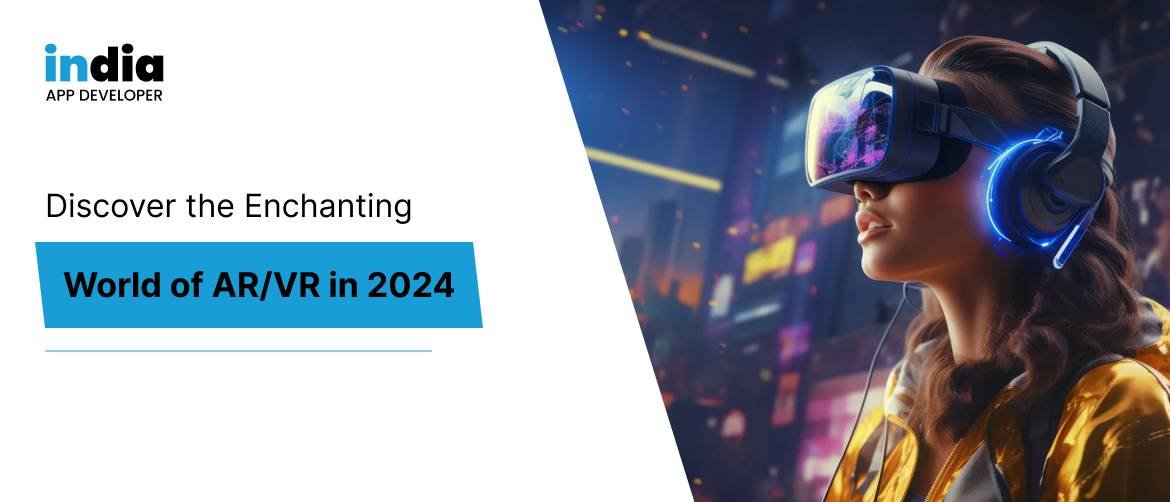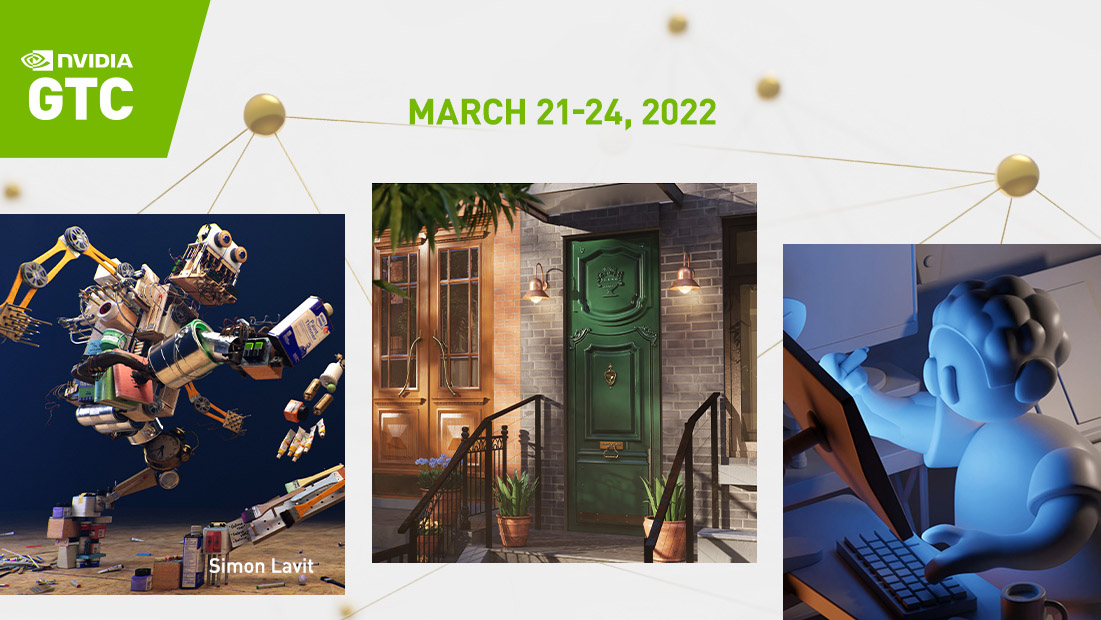
Understanding Virtual Reality Game Development
Overview of Virtual Reality Technology
Virtual reality (VR) technology immerses users in a simulated environment, creating experiences that feel remarkably real. Using head-mounted displays and motion tracking, VR engages multiple senses – sight, sound, and even touch.
- Key Components of VR Technology:
- Headsets: Devices like Oculus Rift and HTC Vive transport users into 3D environments.
- Controllers: These allow users to interact with virtual worlds, enhancing gameplay.
- Tracking Systems: They monitor user movements, fostering an immersive experience.
The technology continues to evolve, driving innovation in game development.
Evolution of Virtual Reality Gaming
The journey of virtual reality gaming has been both fascinating and revolutionary. What started as rudimentary simulations has transformed into rich, interactive experiences. For instance, classic VR experiences like “Dactyl Nightmare” in the early ’90s offered limited graphics but sparked interest.
As technology progressed:
- The introduction of 3D graphics engines made environments more realistic.
- Social connectivity led to multiplayer experiences in virtual worlds.
- Recent advancements in graphics render clearer visuals and deeper immersion.
Today, studios like Valve and Epic Games are pushing the boundaries further, creating stunning VR titles that promise transformative experiences for players. The future seems limitless as technology continues to advance.
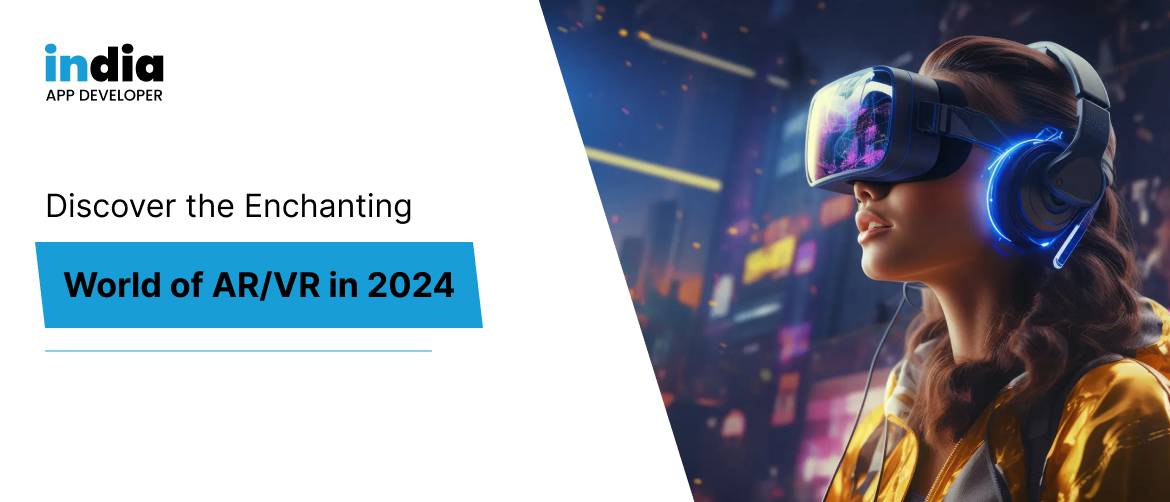
Getting Started in Virtual Reality Game Development
Essential Tools and Software
Diving into the world of virtual reality game development requires a solid toolkit. The right software and tools can make all the difference in bringing your creative visions to life. Personal experience shows that having a structured environment enhances productivity significantly.
Here’s a list of essential tools:
- Game Engines:
- Unity: Known for its user-friendly interface and a vast asset store.
- Unreal Engine: Offers stunning graphics and powerful capabilities for advanced developers.
- 3D Modeling Software:
- Blender: An open-source tool perfect for creating custom models and animations.
- Maya: Industry-standard software with robust features for more complex designs.
- Development Kits:
- Oculus SDK: Essential for developing VR experiences for Oculus devices.
- SteamVR: A versatile option for games on various platforms.
Basics of Game Design for Virtual Reality
When designing for VR, understanding core principles is vital to create engaging experiences. Unlike traditional games, VR demands a heightened focus on immersion and player interaction.
Key design considerations include:
- User Interface (UI): It should be intuitive and non-intrusive, ensuring players remain engaged with their surroundings.
- Comfort: Minimize motion sickness by maintaining consistency in movement and pacing.
- Interaction: Employ natural gestures and actions that feel intuitive in a real-world context.
By laying this foundational knowledge, developers can create more immersive and engaging virtual worlds, paving the way for exciting gameplay experiences.
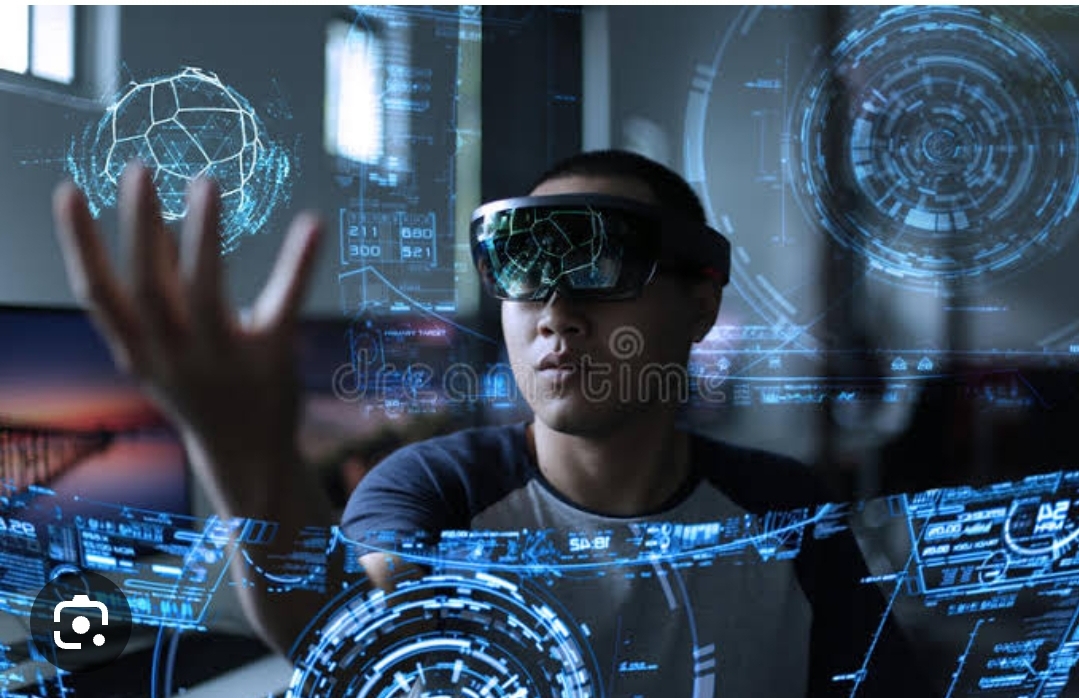
Building Immersive Experiences
Creating Realistic Environments
To craft truly immersive virtual reality experiences, realistic environments are vital. The sense of presence in a game hinges on how believable the surroundings feel. From personal endeavors, I’ve found that attention to detail can transform a simple scene into something breathtaking.
Here are some strategies for creating breathtaking environments:
- Texture Quality: Use high-resolution textures to enhance realism. The more detailed a surface looks, the more convincing the environment becomes.
- Lighting Effects: Dynamic lighting and shadow play can evoke different moods and atmospheres.
- Environmental Sounds: Incorporating ambient audio greatly enriches the experience, whether it’s rustling leaves, distant chatter, or mechanical whirs.
Implementing Interactive Gameplay Mechanics
Once the environment is set, the next step is to ensure players can interact with their surroundings in meaningful ways. After experimenting with various gameplay mechanics, I’ve discovered the importance of intuitive interactions.
Consider these interactive elements:
- Physical Interactions: Use motion controllers to mimic real-life movements for actions like grabbing, throwing, or crafting.
- Puzzle Elements: Introduce challenges that require players to manipulate their environment, creating engagement and encouraging exploration.
- Narrative Engagement: Integrate storytelling within the gameplay. Allow players to make choices that influence the narrative and their experience.
By blending realistic environments with interactive gameplay elements, developers can create VR experiences that captivate and engage players, drawing them deeper into the virtual realm.

Optimizing Performance and User Experience
Enhancing Graphics and Sound
To truly captivate players in a virtual reality game, optimizing graphics and sound is essential. An immersive experience hinges on how visually stunning and audibly rich the environment feels. In my own development experiences, tweaking these elements often made a world of difference.
Here are some tips for enhancing graphics and sound:
- Level of Detail (LOD): Implement different detail levels for models based on distance from the player. This maintains performance without sacrificing visual quality.
- Dynamic Environments: Use shaders to create realistic water, reflections, and environmental effects like fog or rain, enhancing the immersive feel.
- Spatial Audio: Utilize 3D audio techniques to ensure sounds appear to come from their source direction, making the world feel alive.
Testing and Debugging in Virtual Reality Games
Once the visuals and audio are refined, rigorous testing and debugging become crucial. Through hands-on experience, I’ve learned the importance of iterative testing to identify issues before launch.
Consider the following testing methodologies:
- Playtesting: Involve real users to gather feedback on comfort, performance, and overall experience. This provides insights that developers might overlook.
- Automated Testing: Use tools to check for common errors in performance or rendering, ensuring a smoother gameplay experience.
- Usability Testing: Assess how intuitive the controls are; players should not feel frustrated navigating your game.
By carefully enhancing graphics and sound while conducting thorough testing and debugging, developers can create seamless, high-quality VR experiences that leave players eager for more.
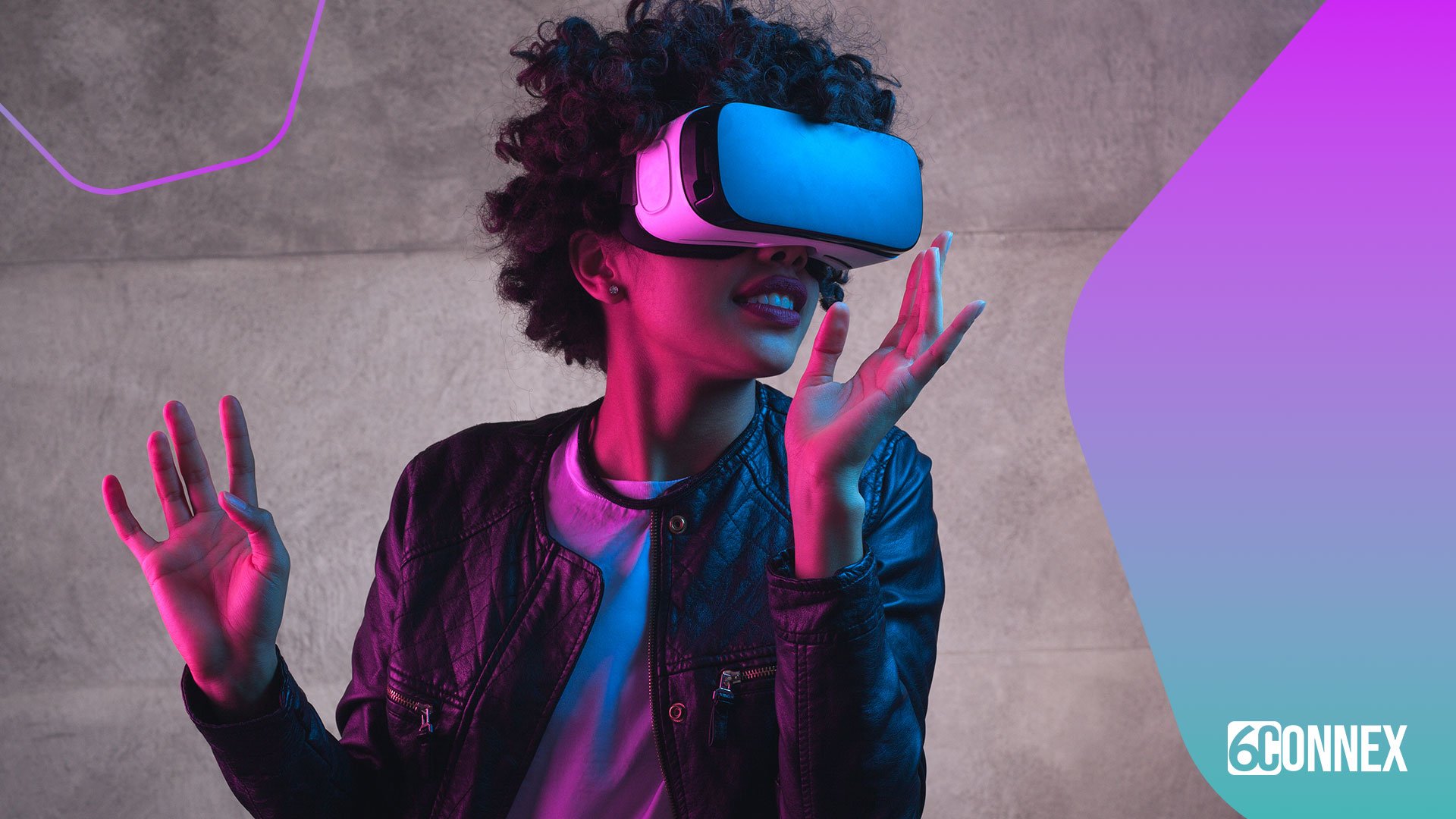
Monetization Strategies for Virtual Reality Games
In-Game Purchases and Microtransactions
As developers venture into the lucrative realm of virtual reality gaming, implementing smart monetization strategies becomes essential. One effective method that I’ve seen work in various games is the inclusion of in-game purchases and microtransactions. These can enhance player engagement while generating revenue.
Consider these approaches:
- Cosmetic Items: Selling skins, outfits, or customizations allows players to personalize their avatars, enhancing their experience without impacting gameplay balance.
- Unlockable Content: Offering additional levels, characters, or features for a fee can entice players to spend for that “next level” experience.
- Time-Savers: Players often appreciate the option to purchase items that speed up progress, providing a choice without forcing spending.
Subscription Models and Advertisements
Another monetization route is the subscription model, which I’ve found appealing in select VR games. This method fosters a community and ensures a steady income stream.
Key considerations include:
- Exclusive Content: Provide subscribers with special access to new levels, tools, or regular updates that non-subscribers don’t receive.
- Regular Events: Hosting subscriber-only events or competitions encourages ongoing engagement.
Advertisements can also be integrated, though tactfully. Placement should be unobtrusive to avoid breaking immersion but can create additional revenue streams. Partnering with brands for in-game experiences may enrich the narrative while benefiting profitability.
By leveraging these monetization strategies, developers can enhance their games’ financial viability while maintaining player enjoyment and engagement.

Marketing and Launching Your Virtual Reality Game
Creating Hype and Generating Interest
Once the development phase wraps up, the next critical step is marketing and launching your virtual reality game. Creating buzz is not just beneficial; it’s vital for a successful release. From my own experience, leveraging community engagement can significantly elevate interest.
Here’s how to build anticipation:
- Teasers and Trailers: Share captivating gameplay footage that showcases unique features; short clips can share insights without overwhelming potential players.
- Social Media Engagement: Utilize platforms like Twitter, Instagram, and Discord to share behind-the-scenes content and updates, stimulating conversation.
- Influencer Collaborations: Partnering with influencers can widen your outreach, tapping into their established communities.
Distribution Platforms and Launch Strategies
Choosing the right distribution platforms is just as crucial. Popular avenues include Steam, Oculus Store, and Epic Games Store, each providing unique benefits.
Consider these launch strategies:
- Early Access: Release a beta version to collect feedback and make adjustments before the full launch. This practice not only builds community trust but gathers valuable insights.
- Launch Events: Organize virtual events or live streams during the launch. This creates excitement and provides a space for players to connect directly with the developers.
By thoughtfully creating hype and selecting optimal distribution methods, developers can set the stage for a successful and impactful launch of their virtual reality game.

Future Trends and Innovations in Virtual Reality Game Development
Advancements in Hardware and Software
As we gaze into the future of virtual reality game development, the landscape is ripe with exciting advancements in both hardware and software. These innovations promise to elevate the VR experience dramatically. Through my observations, it’s clear that each new development brings us closer to a more immersive gaming reality.
Here are some key trends to watch:
- Higher Refresh Rates: Enhanced refresh rates provide smoother visuals, reducing motion sickness and creating a more comfortable experience for players.
- Wireless Technology: The advent of wireless VR headsets removes physical limitations, allowing for more natural movement and interaction within the virtual space.
- AI Integration: Implementing artificial intelligence can enhance non-player character (NPC) interactions, making them more responsive and human-like, enriching the overall narrative.
Potential Impact of Augmented Reality
Augmented reality (AR) also holds significant potential for the future of gaming. By integrating digital elements into the real world, AR can create unique gaming experiences that VR alone cannot offer.
Consider the following impacts:
- Social Gaming: Collaborative AR experiences can bring players together in physical spaces, fostering community and interaction.
- Hybrid Experiences: Games could blend AR and VR, inviting players to transition seamlessly between virtual environments and the real world.
As hardware and software continue to evolve, and with the promising rise of AR, the future of virtual reality game development is not just bright; it’s limitless. Embracing these trends will undoubtedly lead to groundbreaking experiences for players and developers alike.

Conclusion
Recap of Key Insights
As we wrap up our exploration of virtual reality game development, it’s clear that this vibrant field is brimming with opportunities. From understanding the technology and essential tools to building immersive experiences and implementing smart monetization strategies, aspiring developers have a rich landscape to navigate.
- Realistic Environments: Players desire engaging worlds that feel alive.
- Interactive Mechanics: Natural interactions enhance immersion and player engagement.
- Effective Marketing: Creating hype and selecting the right distribution channels can set the stage for success.
Reflecting on these insights has rekindled my excitement for what lies ahead in VR.
Looking Ahead in the Virtual Reality Game Development Industry
Looking to the future, the virtual reality game development industry is positioned for significant growth. The advancements in hardware and software will likely create incredibly immersive experiences, transforming the way players engage with games.
As augmented reality starts to intertwine with VR, we can expect innovative gameplay that blends the real and virtual worlds, opening up new narratives and social interactions.
Ultimately, for both developers and players, the future holds uncharted territory full of potential. Harnessing these innovations will undoubtedly push the boundaries of creativity and experience in gaming like never before.
